Basketball possesses a unique ability to transform urban landscapes and forge powerful community bonds.
From neighborhood courts where children first discover their passion for the game to iconic arenas that become symbols of civic pride, the sport weaves itself into the very fabric of city life.
This cultural phenomenon extends far beyond professional leagues, creating grassroots movements that unite diverse populations. The basketball community thrives wherever the game is played—on street corners, in packed stadiums, and everywhere in between.
The sport's influence touches nearly every aspect of urban existence, from economic development to social cohesion. Cities with vibrant basketball cultures experience measurable benefits that ripple through entire communities.
In this exploration, we'll examine how basketball shapes modern cities, drives tourism, empowers marginalized populations, and creates lasting social impact.
Whether you're a passionate fan or simply curious about urban culture, you'll discover why basketball matters far beyond the final score.
Basketball’s Influence on Society & Culture
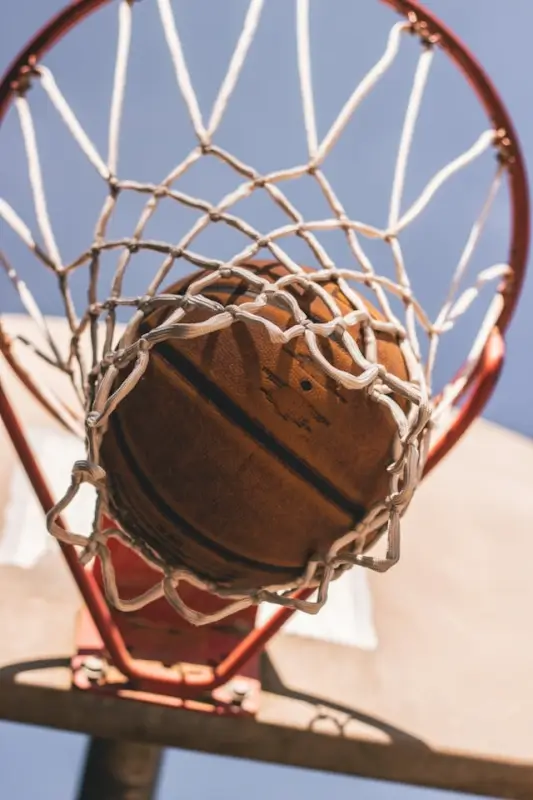
The Evolution of Basketball as an Urban Sport
Basketball's urban roots run deep. Invented in 1891 as an indoor winter activity, the sport quickly migrated outdoors, adapting perfectly to city environments.
Unlike football or cricket, basketball requires minimal space—a small court, a hoop, and a ball suffice. This accessibility allowed the game to flourish in densely populated areas where land comes at a premium.
Throughout the 20th century, basketball became intrinsically linked with urban culture, particularly in American cities where playground basketball developed its distinctive style and swagger.
The sport transcended mere recreation, becoming a vehicle for social mobility, cultural expression, and community building. Today, basketball thrives in cities worldwide, each location adding unique flavors whilst maintaining the game's universal appeal.
How Basketball Transforms Urban Spaces
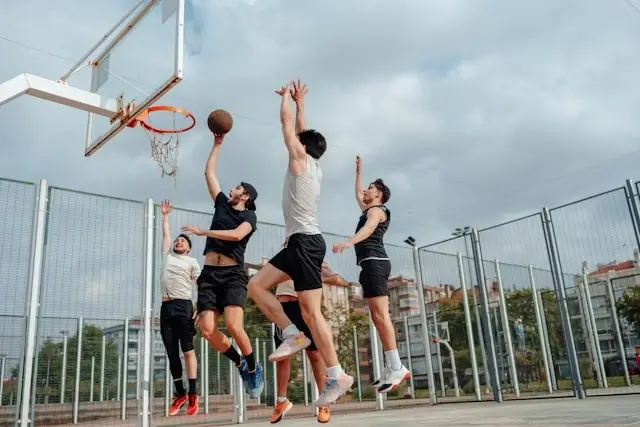
Public Courts as Community Hubs
Public basketball courts serve functions far beyond providing recreational facilities. These spaces become gathering points where neighbors connect, young people mentor each other, and communities forge collective identities.
Well-maintained courts signal civic investment and community pride, whilst neglected facilities often reflect broader urban challenges.
Cities that prioritize basketball infrastructure reap substantial benefits. Quality courts attract residents outdoors, encouraging physical activity and social interaction. They provide safe spaces for youth engagement, reducing antisocial behavior whilst fostering positive relationships.
Many successful community programs use basketball as an anchor, combining athletic development with academic support, mentorship, and life skills training.
Street Basketball and Cultural Expression
Street basketball culture has profoundly influenced fashion, music, language, and art. The distinctive style of playground basketball—emphasizing creativity, individual flair, and athletic artistry—has inspired generations.
This cultural influence extends globally, with street basketball aesthetics adopted by youth worldwide, regardless of their actual participation in the sport.
Cities embracing street basketball culture create vibrant, dynamic environments that attract tourists and creative industries.
Murals celebrating basketball legends, streetwear shops catering to basketball fashion, and public events showcasing street basketball skills all contribute to distinctive urban identities.
The Economic Impact of Basketball Culture

Professional Teams and Urban Development
Cities with successful professional basketball franchises experience significant economic benefits.
Modern arenas anchor entertainment districts, attracting restaurants, hotels, and retail developments. Match days generate substantial revenue through ticket sales, hospitality, merchandise, and local spending.
Studies suggest professional sports teams can inject hundreds of millions annually into local economies.
Beyond direct spending, successful teams enhance city profiles internationally, attracting tourists, investors, and skilled workers.
When exploring the best cities for basketball fans, you'll notice how basketball excellence correlates with broader urban vitality and cultural richness.
Basketball Tourism and Destination Appeal
Basketball increasingly drives tourism decisions.
Fans travel internationally to experience iconic venues, attend high-profile matches, and immerse themselves in basketball culture.
Cities with rich basketball heritage—historic arenas, halls of fame, and legendary street courts—attract enthusiasts year-round, diversifying tourism beyond traditional attractions.
This tourism generates jobs in hospitality, retail, and services whilst promoting positive city images globally.
Savvy urban planners recognize basketball's potential as a unique selling point, investing in facilities and events that leverage this appeal.
Basketball's Role in Social Cohesion
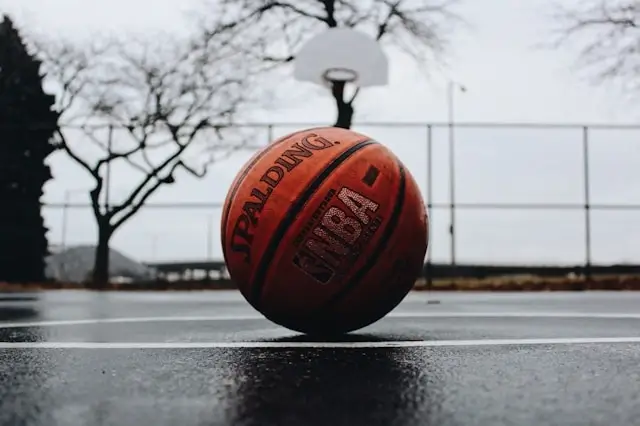
Bridging Diverse Communities
Basketball's universal language transcends cultural, linguistic, and socioeconomic barriers.
On courts across the world, people from vastly different backgrounds come together, united by shared passion for the game. This inclusive nature makes basketball a powerful tool for integration, helping newcomers connect with established communities whilst fostering understanding between different groups.
Community basketball programs targeting at-risk youth have demonstrated remarkable success in reducing crime, improving educational outcomes, and creating positive role models.
The sport's emphasis on teamwork, discipline, and perseverance translates into valuable life lessons that extend well beyond the court.
Empowering Marginalized Populations
Basketball has historically provided opportunities for marginalized communities to achieve recognition and success.
The sport's meritocratic nature—where skill and determination matter more than background—resonates with those facing systemic barriers. Stories of players rising from disadvantaged circumstances to achieve greatness inspire entire communities, demonstrating that dedication and talent can overcome obstacles.
Many cities leverage this empowerment potential through targeted programs combining basketball with education, career development, and social services.
These initiatives recognize that whilst not every participant becomes a professional player, all benefit from the discipline, confidence, and community connections basketball fosters.
Celebrating Basketball Heritage and Culture
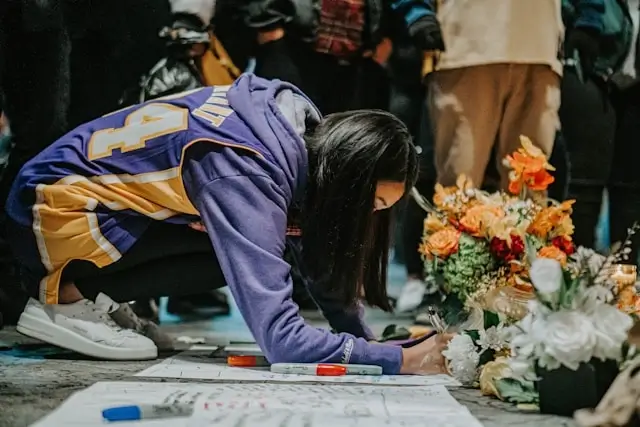
Museums, Halls of Fame, and Historical Preservation
Cities with significant basketball heritage increasingly recognize the value of preserving and celebrating this history.
Basketball museums and halls of fame attract enthusiasts whilst educating broader audiences about the sport's cultural significance. These institutions document local basketball traditions, honor legendary players and coaches, and explore basketball's intersection with social movements and urban development.
Preserving historic courts and arenas maintains tangible connections to basketball heritage. Many cities designate significant basketball sites as landmarks, ensuring future generations can experience spaces where basketball history unfolded.
Annual Events and Tournaments
Basketball tournaments and festivals create regular opportunities for community celebration and economic activity.
Street basketball competitions, youth tournaments, and celebrity charity games draw participants and spectators, generating excitement and civic pride. These events showcase local talent, attract visitors, and reinforce basketball's centrality to urban identity.
Cities that establish signature basketball events create traditions that strengthen community bonds whilst enhancing their reputations as basketball destinations.
FAQs
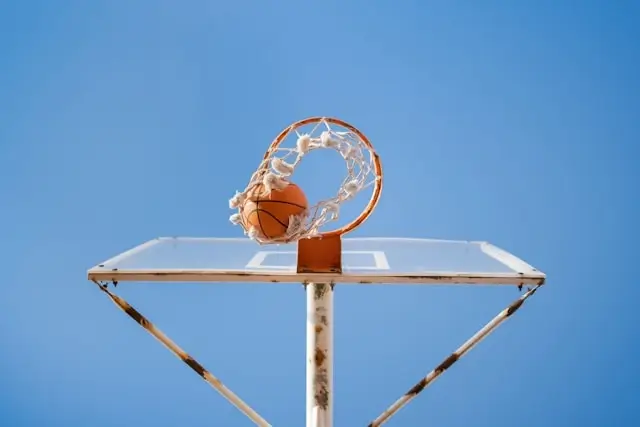
Why do some cities develop stronger basketball cultures than others?
Multiple factors contribute to robust basketball cultures, including historical investment in facilities, presence of successful professional teams, demographic factors, and community leadership that prioritizes basketball programming.
Cities where basketball success stories emerge—whether professional players, championship teams, or innovative programs—often experience reinforcing cycles where success breeds further interest and investment.
How does basketball culture differ internationally?
Whilst basketball's fundamentals remain consistent globally, local cultures add distinctive elements.
American basketball emphasizes individual athleticism and entertainment, European styles prioritize team play and tactical sophistication, whilst Asian approaches often blend discipline with technical precision.
These variations enrich global basketball culture, creating diverse expressions of the same fundamental game.
Can basketball programs genuinely reduce urban crime?
Research consistently demonstrates that quality youth basketball programs correlate with reduced juvenile delinquency.
Structured activities provide supervision during high-risk hours, positive role models offer alternative pathways, and skill development builds confidence and future orientation.
However, programs work best when integrated with comprehensive support addressing education, family needs, and broader social factors.
What makes a city attractive for basketball tourism?
Successful basketball destinations combine multiple elements: professional teams providing regular matches, historic venues with cultural significance, accessible street basketball culture, museums or halls of fame, and broader tourism infrastructure.
Cities where basketball permeates daily life—evident in public art, local businesses, and community engagement—offer richer experiences than those with professional teams alone.
How are cities investing in basketball infrastructure?
Forward-thinking cities prioritize basketball across multiple fronts: maintaining and upgrading public courts, supporting youth programs, preserving historic sites, developing basketball-themed tourism initiatives, and ensuring professional facilities meet modern standards.
Some cities adopt comprehensive basketball strategies recognizing the sport's potential for community building, economic development, and cultural expression.
Conclusion

Basketball's influence on urban life extends far beyond entertainment, shaping community identity, driving economic development, and fostering social cohesion.
Cities that embrace basketball culture—investing in facilities, celebrating heritage, and supporting grassroots programs—create vibrant environments where residents thrive and visitors feel the distinctive energy that passionate basketball communities generate.
As urbanization accelerates globally, basketball's accessibility and universal appeal position it perfectly to continue enriching city life, bringing people together through shared passion whilst building stronger, more connected communities for future generations.
Disclaimer:
This post may contain affiliate links. I receive a small commission at no cost to you when you make a purchase using my link.








